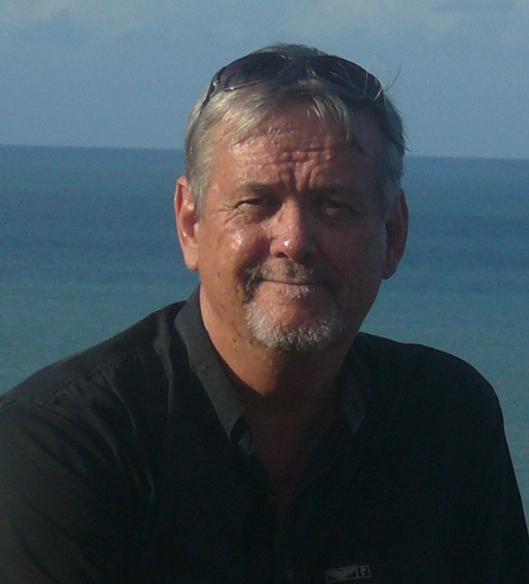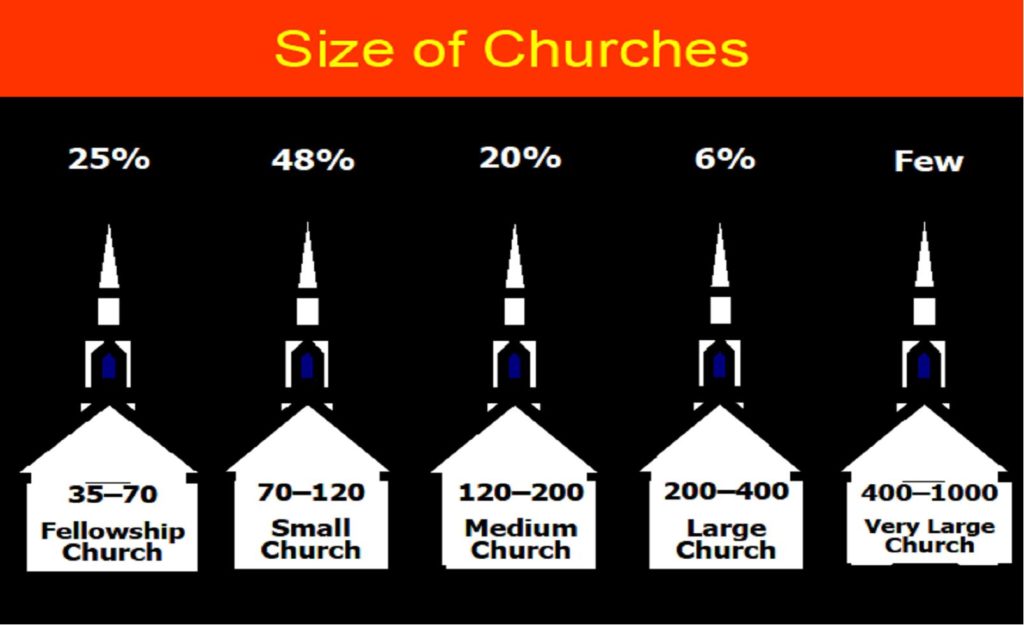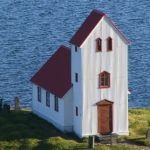The era of the very large church which began around the 1980’s in the Western World has proved to be both exciting and frustrating for most denominational leaders. One of the frustrations comes in the question, ‘Why do a few of our churches grow to be large while most of them stay small?’ This question is often backed up by in-house statistics that show that up to 70% of their churches have less than 120 people in worship services.
The answer to that question is complex but one of the factors can be explained from the work of Robin Dunbar, a British anthropologist and psychologist and a specialist in human behaviour who became well known for what has been called the Dunbar Number.
The Dunbar Number is a suggested limit to the number of people with whom one can maintain stable social relationships. These are relationships in which an individual knows who each person is, and how each person relates to every other person. Dunbar suggests that numbers larger than this generally require more restrictive rules, structures, and enforced norms to maintain a stable, cohesive group. He proposed a number between 100 and 230, with a commonly accepted number of 150. These numbers can be higher but this number usually depends on the long-term memory size of individuals in the group or the leader of the group.
Dunbar argued that 150 (the upper limit) would only work for communities with a very high incentive to remain together or under intense survival pressure. For a group of this size to remain cohesive, Dunbar suggested that as much as 40% of the group’s time would have to be devoted to social grooming. Dunbar also noted that such groups are almost always geographically close: “we might expect the upper limit on group size to depend on the degree of social dispersal. In dispersed societies, individuals will meet less often and will be less familiar with each other, so group sizes should be smaller as a consequence.”
Dunbar’s number has been used in anthropology, psychology, business management and in the last 35 years it has also been used to help manage the large growth in a small number of churches worldwide. This growth is achieved through more restrictive structures and enforced norms like Vision/Mission Statements and tighter ministry framework overseen by paid staff.
Coaching Questions
- How much do you know about the factors that affect the size of your church?
- How does the Dunbar Number affect the size of your church?
- If your church is nearer the 150 number, what percentage of your time as a pastor is spent grooming the congregation?
- If you want the church to grow, what rules, structures, and enforced norms are you willing to implement?
- In what ways can you better prepare to manage your own or others’ fear, shock, stress and sense of loss from the change required to grow a church?

Colin is the Director of ResourceZone International. He has 30 years of ministry experience as a pastor, college lecturer and consultant/coach to consultants, denominational leaders and local church pastors. He can be reached at info@resourcezoneinternational.com




Comment here